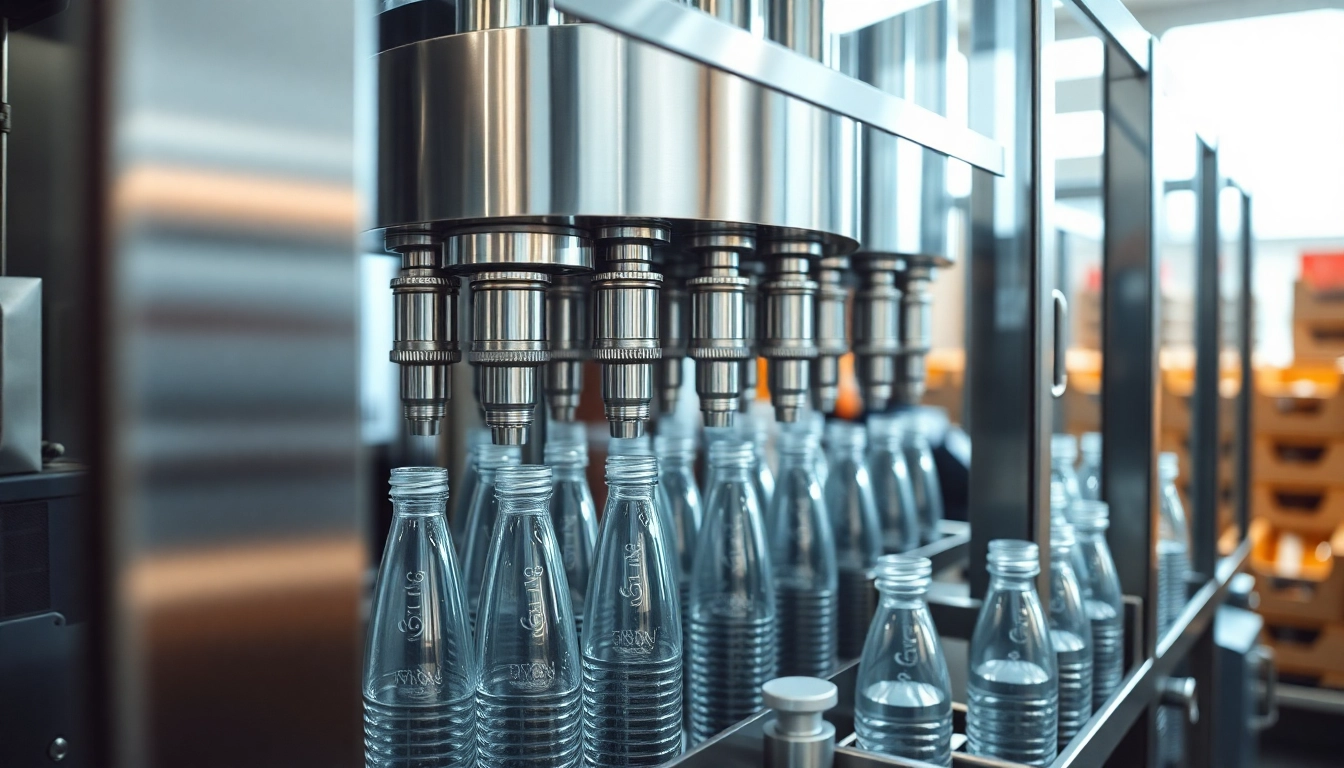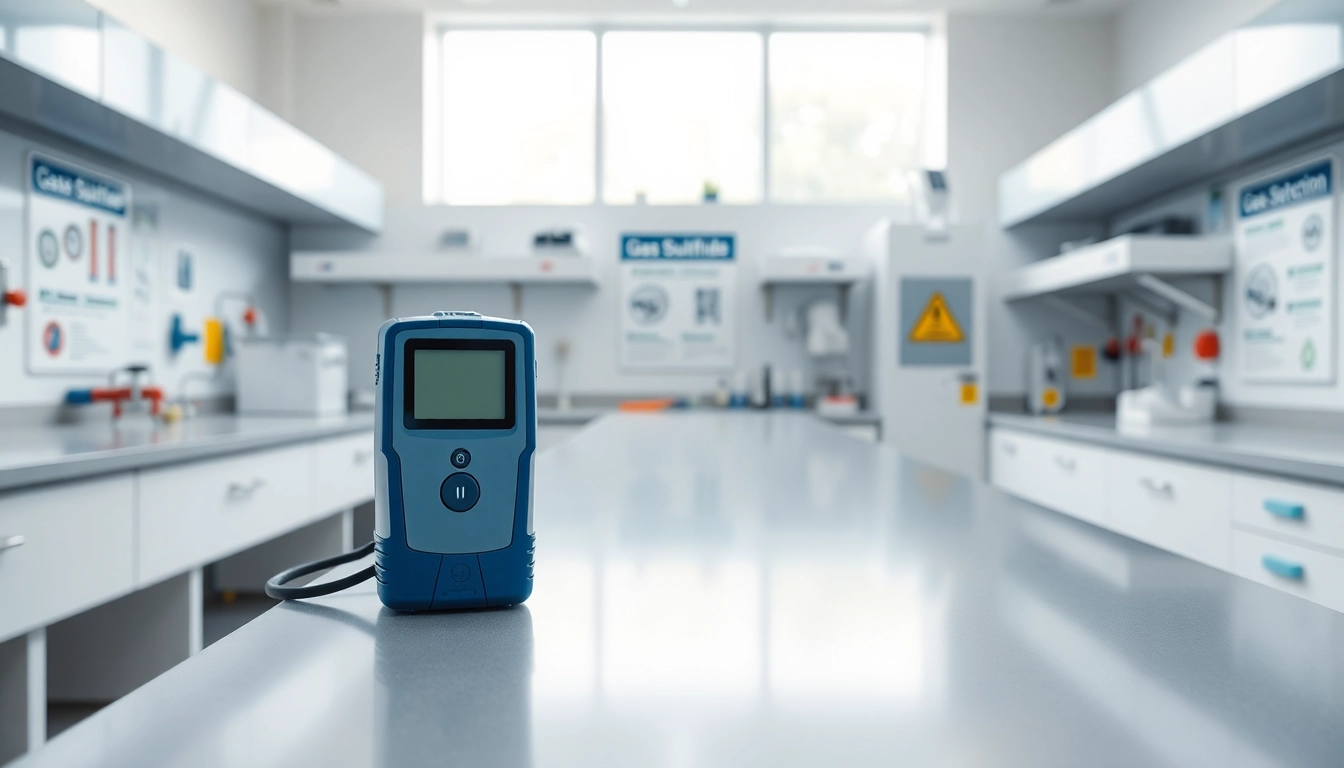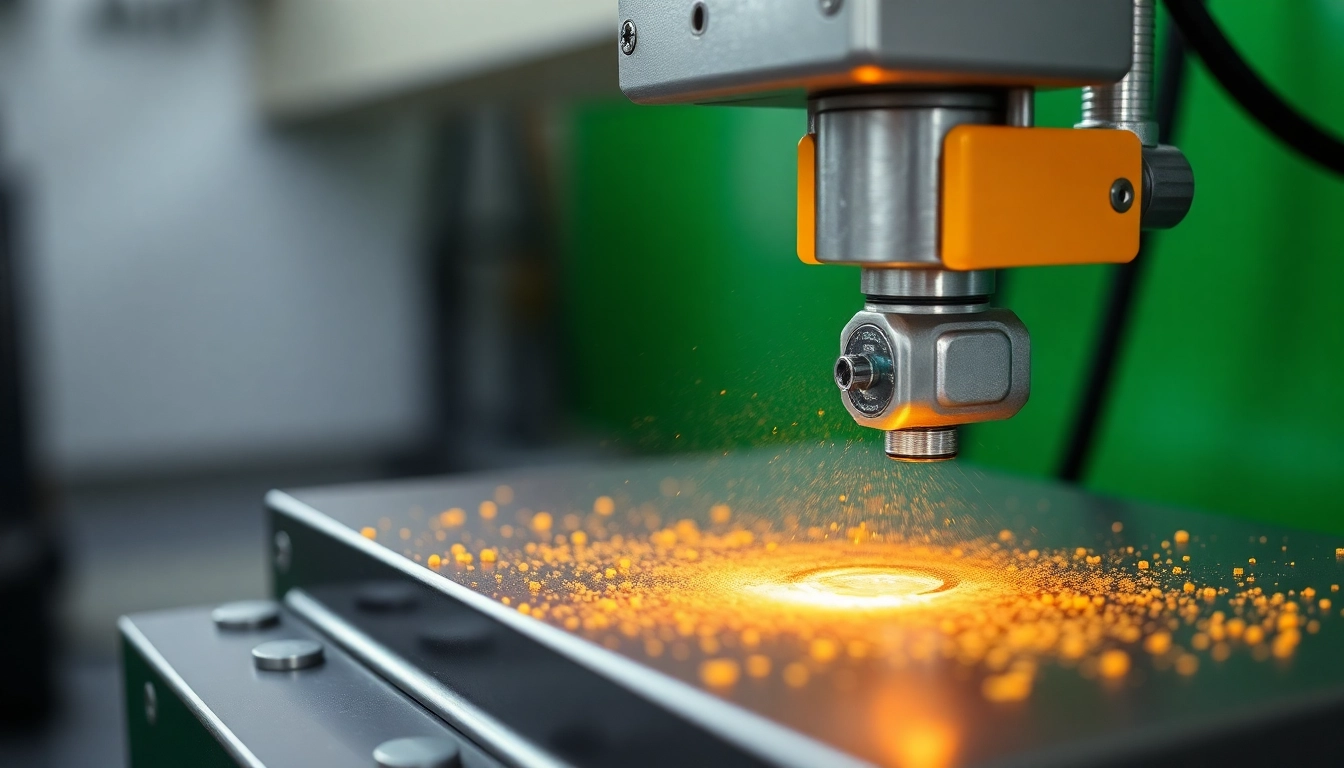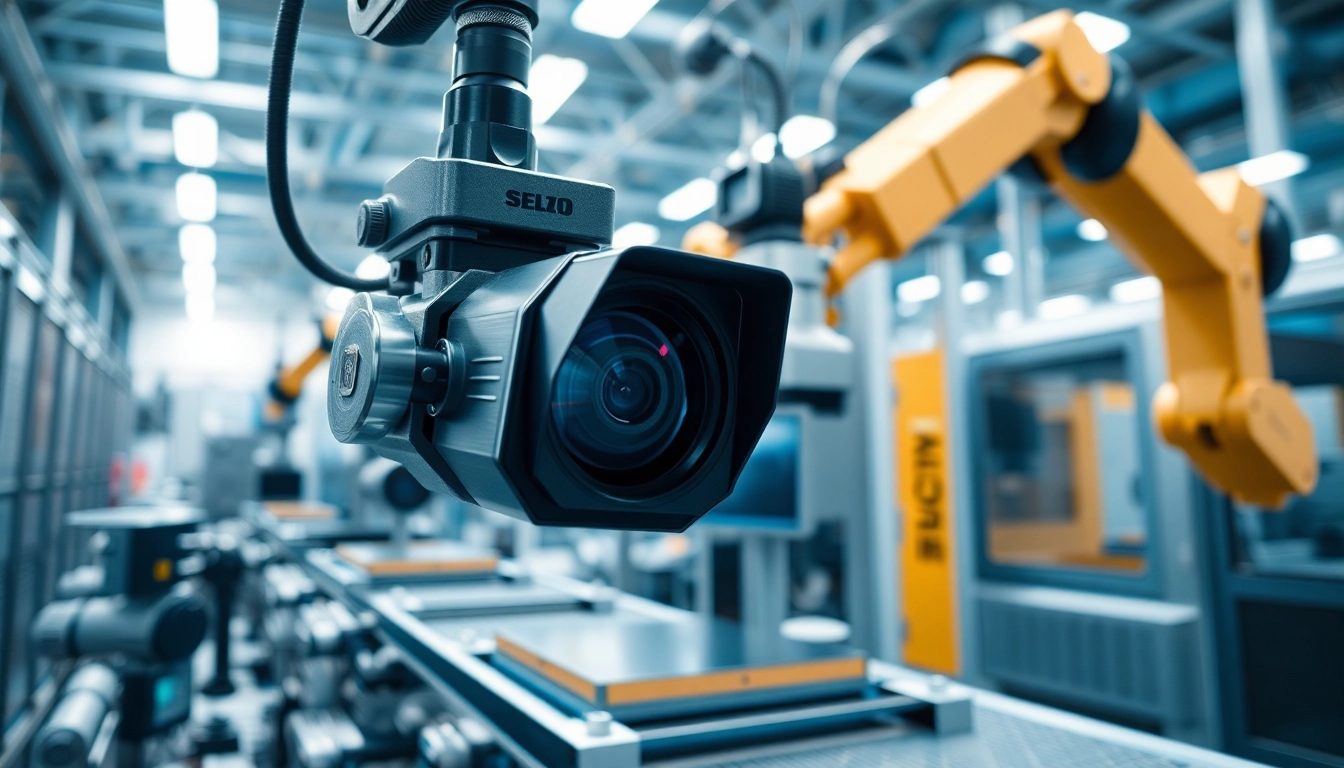Understanding the Basics of Filling Machines
What is a Filling Machine?
A filling machine is an essential piece of equipment used in various industries to automate the process of filling containers with liquids, powders, or granulated materials. These machines are designed to minimize human intervention in the filling process, enhancing speed and consistency while ensuring accurate volumes. Depending on the application, filling machines can handle a myriad of products ranging from beverages and pharmaceuticals to cosmetics and industrial fluids. Detailed information on the specifications and varieties of Filling Machine can be found on specialized manufacturing sites.
How Filling Machines Work
The operation of a filling machine is fundamentally straightforward, yet the technological apparatus at play can be quite complex. Typically, the machine draws from a bulk supply, such as a tank or hopper, which is prepped and maintained for optimal filling conditions. Here’s a simplified breakdown of the filling process:
- Preparation: Cleaning and sanitizing the filling machine and all associated equipment to ensure contamination-free operation.
- Calibrating: Setting the machine to deliver the correct volume of product per container, which may require adjustments based on the specific properties of the filling medium (liquid, powder, etc.).
- Filling: The operator starts the machine, and the filling action begins—this could be in the form of gravity, vacuum, or positive pressure, depending on the machine type.
- Sealing/Cap Placement: After filling, the containers may move to a sealing station where caps or lids are applied to ensure product integrity.
Types of Filling Machines Explained
Filling machines broadly fall into several categories based on their operational mechanism:
- Gravity Fillers: Ideal for free-flowing liquids, gravity fillers utilize the force of gravity to fill containers to a preset level. This method is simple and cost-effective but may not be suitable for viscous products.
- Pressure Fillers: Designed for fluids under pressure, these machines provide a faster filling rate and are suitable for carbonated beverages or other high-viscosity products.
- Vacuum Fillers: These units create a vacuum to pull the product into the container, ideal for delicate items that need to be filled without bubbles or foaming.
- Piston Fillers: These machines use a piston to draw and push fluid, ideal for filling materials that vary in viscosity.
- Auger Fillers: Used mainly for powders and granules, auger fillers work by rotating a screw mechanism to dispense specific amounts of material.
Benefits of Using a Filling Machine
Increased Efficiency and Accuracy
The primary advantage of utilizing a filling machine lies in its ability to increase throughput. Automated machines can fill containers at a speed and accuracy often unattainable through manual methods. By employing precise measurements and automated controls, manufacturers drastically reduce the risk of human error, thus ensuring consistent fill levels.
Cost-Effectiveness for Manufacturers
Investing in filling machine technology can lead to significant cost savings in the long term. By reducing labor costs associated with manual filling operations, companies can allocate resources to other crucial areas. Furthermore, the decrease in product waste due to more accurate fills can improve profit margins notably.
Consistency in Product Quality
Maintaining uniformity in product quality is essential in competitive markets. Filling machines provide consistent fill volumes, minimizing the variance that can happen in manual filling processes. This reliability not only enhances product quality but also bolsters brand reputation and customer satisfaction.
Choosing the Right Filling Machine for Your Needs
Assessing Your Production Volume
Determining the appropriate filling machine starts with an assessment of production capacity needs. Understanding your operational requirements—whether you’re fulfilling small-scale orders or large manufacturing runs—will dictate the machine design and functionality best suited for your process.
Understanding Liquid Characteristics
Different liquids possess varying physical properties, which affect how they should be filled. For instance, thicker liquids require different handling than water-like substances. Professionals must perform tests to gauge the viscosity, foam potential, and temperature of the product to choose a filling machine that will perform well under these conditions.
Evaluating Automation Levels
Automation can range from fully manual to completely automated systems. Businesses must evaluate the trade-offs between cost, required input, and desired output. Fully automated filling machines can drastically increase productivity but may require a higher initial investment.
Installation and Maintenance of Filling Machines
Best Practices for Installation
A successful installation of filling machines is critical to their performance and longevity. Key installation practices include:
- Site Assessment: Ensure that the installation site meets the necessary power, plumbing, and ventilation requirements.
- Calibration: Follow manufacturer instructions to calibrate machines properly, based on product specifications and bottling size.
- Training: Invest time in training staff on operational protocols to ensure safety and efficiency.
Routine Maintenance Tips
Like any piece of industrial equipment, filling machines benefit from regular maintenance checks. Key maintenance suggestions include:
- Scheduled Cleaning: Implement a cleaning schedule to prevent contamination and machine malfunction.
- Wear Parts Replacement: Regularly inspect and replace parts subject to wear, such as seals and gaskets, ensuring optimal performance.
- Software Updates: If your filling machine operates on computerized technology, keep software current to reduce bugs and enhance functionality.
Common Troubleshooting Techniques
Even well-maintained machines can face issues. Here are common problems and solutions:
- Inconsistent Fill Levels: Check for clogs in the filling nozzle or incorrect settings on the machine’s calibration.
- Leakage: Inspect seals and connective hoses for wear or damage.
- Delays in Operation: Ensure operational components are lubricated properly and check the power supply.
The Future of Filling Machine Technology
Innovations and Trends in Filling Solutions
As technology advances, so do the capabilities of filling machines. Innovations such as enhanced sensor technology, IoT connectivity, and AI algorithms are making machines more adaptable and intelligent. Current trends indicate a shift towards machines capable of handling a wider variety of container shapes and sizes without extensive retooling.
Impact of Smart Technology on Filling Machines
Smart technology integration can enhance production monitoring and data analytics within filling operations. These innovations enable real-time adjustments and predictive maintenance based on usage patterns, further increasing efficiency.
Environmental Considerations in Manufacturing
Environmental sustainability is increasingly shaping the design and operation of filling machines. Manufacturers are exploring eco-friendly materials and energy-efficient designs that minimize their carbon footprint while maximizing performance. This includes reduced material wastage and improved recyclability of packaging.



